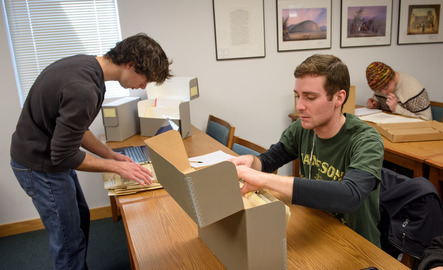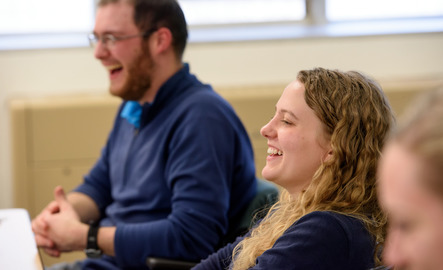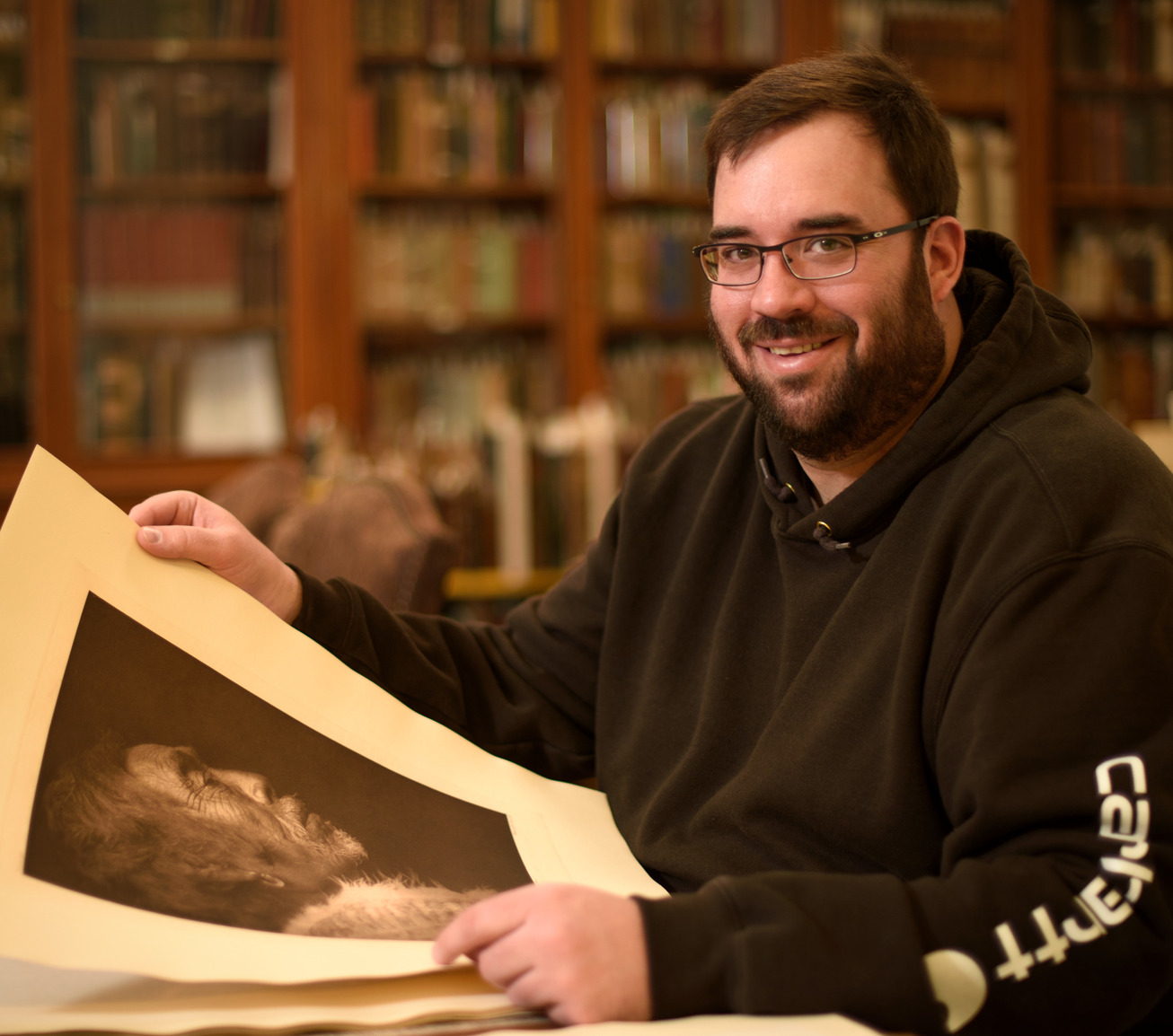About the Art History Minor
Our minor program gives students a well-rounded education in traditional art forms, museology and art history. After students take several foundational courses, they may complete their minor with advanced art history electives, totaling 21 credit hours. The versatile nature of this program makes it the perfect complement to any art degree, but also a well-rounded art education for non-art majors.

Take a tour of the UW Visual Arts facilities and learn how to become involved in our department!
Students should plan on a minimum of five semesters to complete the art history minor due to upper-division course prerequisites. Students must earn at least a "C" in each course for it to count toward the minor.

What can you do with an art history minor?
UW art history graduates have a very high job placement rate and have gone on to pursue fulfilling careers in various industries. Our grads have pursued art law, conservation and public art administration, among other fields. They have additionally worked as curators and museum registrars.
- Art Historian
- Museum Curator
- Gallery Curator
- Art Conservator
- Art Appraiser
- Archivist
- Art Dealer
- Art Critic
- Museum Educator
- Exhibition Designer
- Cultural Heritage Manager
- Art Researcher
- Historic Preservationist
- Auction House Specialist
- Art Authentication Expert
- Visual Resources Curator
- Art Librarian
- Art Consultant
- Fine Arts Administrator
- Academic Professor or Lecturer
- Houston Center for Contemporary Craft
- University of Wyoming
- Western Confluence Magazine
- Stripe
- Glassell School of Art
- Art League Houston
- Cherry Creek School District
Self-employed art history majors often work as art consultants, freelance writers, curators, appraisers, educators or gallery owners. They apply their expertise in creative and business roles across the art world and cultural sectors, thriving in their chosen role.
“My parents were concerned about my employability, but I can happily report that there is a lot of work for people with cultural knowledge."


